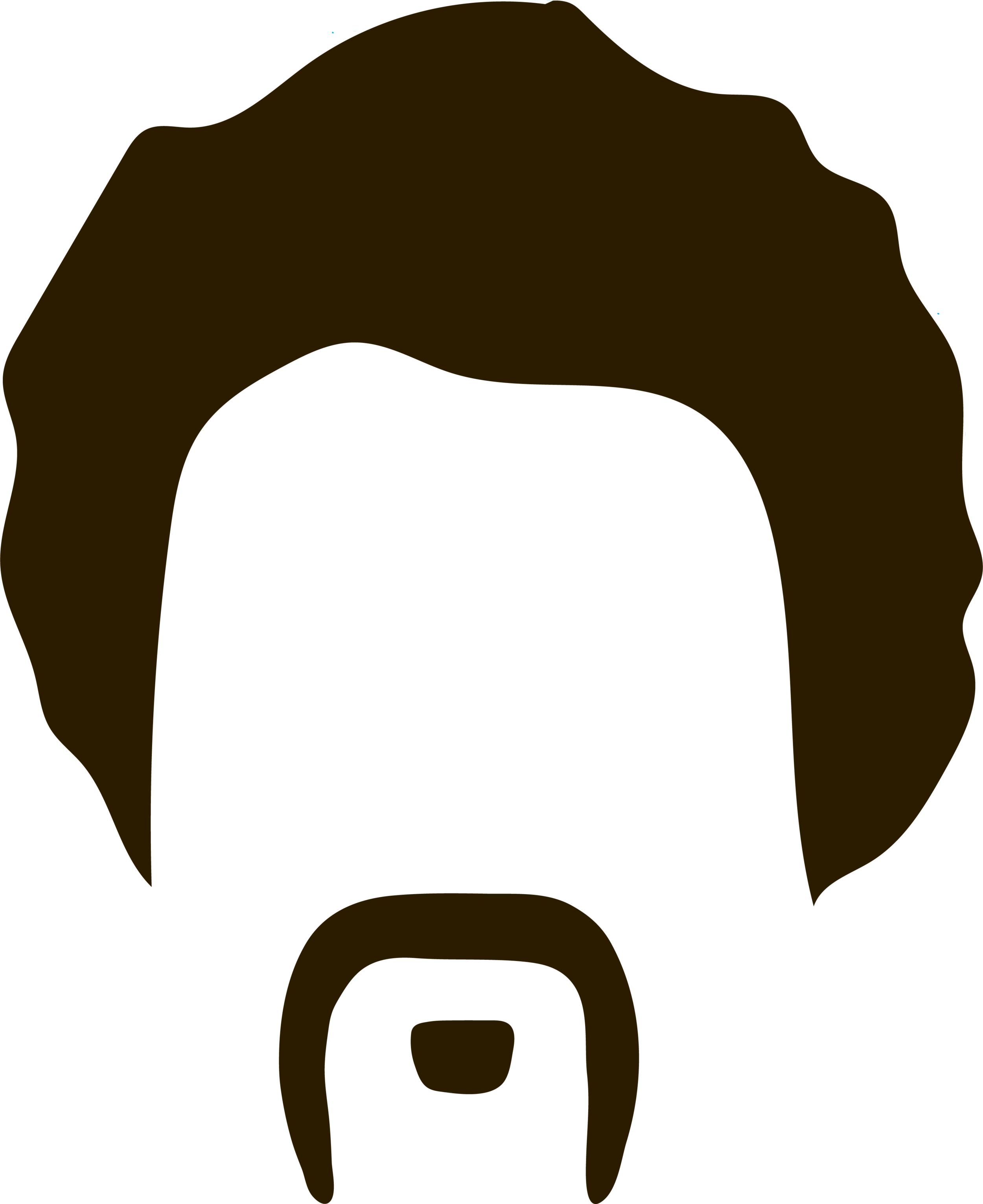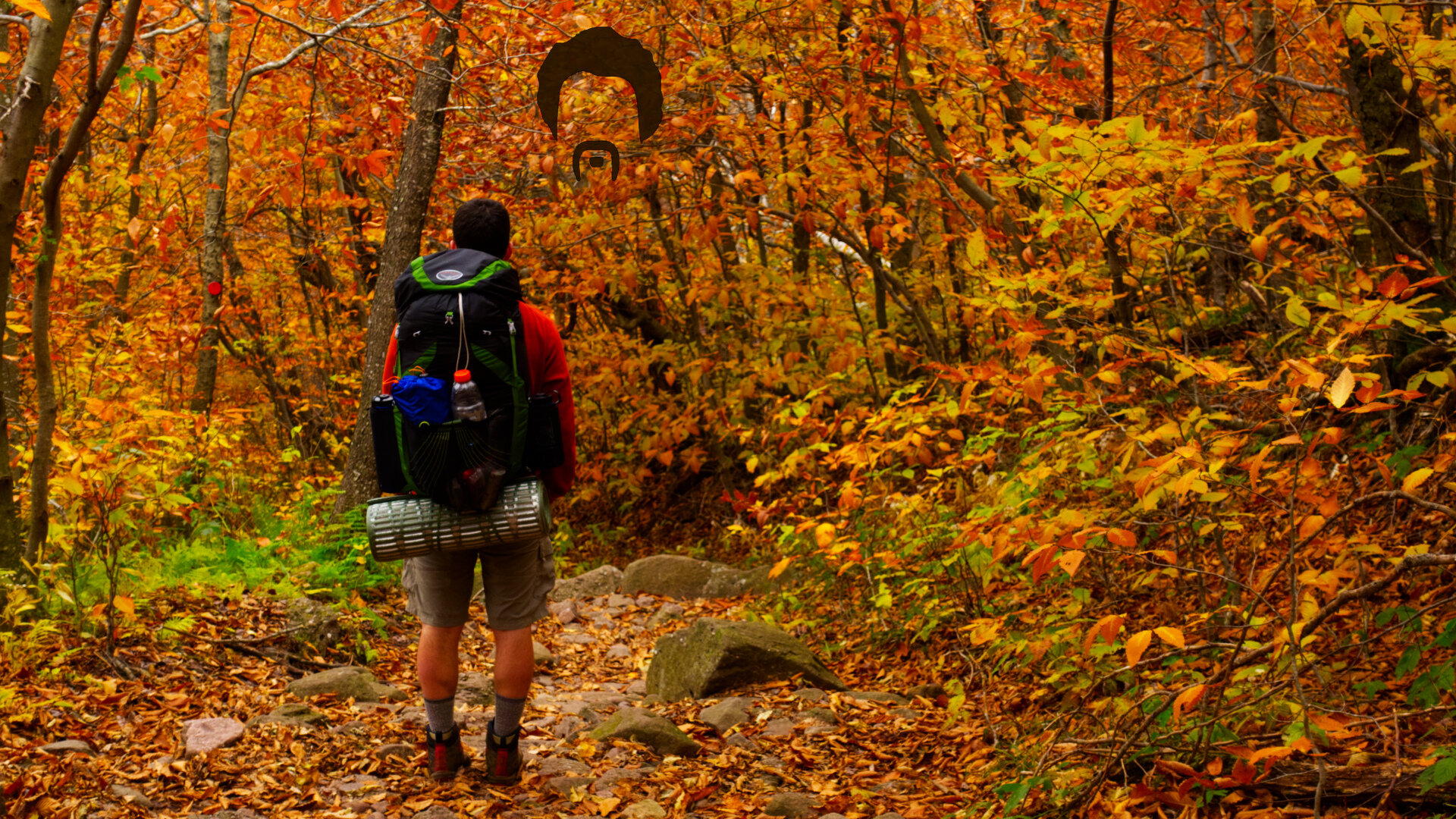Backpacking the Burroughs Range Trail Loop in the Catskill Mountains New York
Last month, my brother and I drove up to Catskill Park to catch some of that oh-so glorious northeastern foliage before it disappeared for the year. The plan was to wake up early, drive up there as fast as we could, spend the rest of the day hiking, find a camping spot where we could crash for the night, then wake up the next morning, finish the loop and drive home.
We started our loop at the Woodland Valley Campground. There are a couple different trailheads you can use to access the loop. But based on where we had planned to camp, this one was just the most practical starting point for us.
After leaving our car at the campground’s parking area, we started our ascent towards the summit of Wittenberg Mountain.
Most of the fifteen mile or twenty-four kilometer loop traverses the Burroughs Range Trail also known as the Wittenberg Cornell Slide Trail, in the Slide Mountain Wilderness of New York’s Catskill Park. The trail summits three mountains including Slide Mountain, the highest peak in the Catskills, where historic conservationist John Burroughs was known to have spent a lot of his time. Following the RED trail markers, we began the four mile trek to the peak.
For those of you who saw my last few videos about my first time backpacking in the Colorado Rockies, you’ll have noticed that aside from the difficulty brought on by the altitude, the actual terrain of the trails is not all that challenging. To emphasize this point I’ll note that I hiked all thirty miles of that loop in plain old trail running sneakers.
This Catskills hike however was the complete opposite! The trails are very rocky in most areas and in the spots without rocks, there was mud. I’m sure that the mud situation is less of an issue during the warmer Summer months, but in mid-october, all the fallen leaves clog up the streams, which then flood the trails between the rocks. It's the price you pay for glorious foliage, people. What are you gonna do?
Well, I’ll tell you what you're gonna do.
If you hike this loop in October, like we did, waterproof boots are definitely the move. I was able to get by with the shoes that I brought, but anytime I had to find a way around a mud pit or a puddle, my brother’s boots were able to just plow right through.
All of the resources we used to research the loop rated the hike’s terrain as either hard or difficult. The hike isn't all that long so this shouldn’t deter you from taking younger or less experienced hikers with you, most people will be fine as long as they are in decent shape and wearing supportive footwear with good traction. The “technical” sections have fun little climbing bits that any active youngin’ will find exciting.
Once we reached the Summit of Wittenberg Mountain, we took a short snack break while we took in the view before making the quick traverse over to Cornell Mountain.
The View from Cornell wasn’t quite as spectacular, so shortly after reaching the summit, we began our descent in search of a place to spend the night. The 3500ft camping limit is very well marked. Once we passed the sign on the way down from Cornell Mountain we were able to find a campsite pretty quickly. And even though they are not listed on any of the maps we checked, there are a bunch of tent sites with fire pits scattered alongside the trail starting and ending just below the signs marking thirty-five hundred feet of elevation on the traverse between Cornell and Slide. Once we found a good one, we set up camp, made dinner, hung our bear bag and went to bed.
The next morning we encountered our first blunder of the trip. Even though we had each started the hike carrying over 2.5 liters, by the time we woke up we had completely run out of water. We knew from speaking to the ranger on the phone that there was a spring about three quarters of a mile past the last tent-site on the way up the eastern face of Slide Mountain so after breaking down camp we groggily clambered up the mountain in search of our next drink.
This was my main issue with the route we chose to take. If we had hiked a counter clockwise loop we could have filled up our bottles right before camping instead of rationing our water during the first day of hiking in order to make sure we had enough to cook dinner that night.
After we finally found the spring, we made some oatmeal with the fresh mountain water, refilled all of our bottles with my Katadyn Beefree Water Filter, and then just sat there drinking water while we took in the view.
Once we felt decently hydrated, we continued our ascent towards the highest peak in the Catskills. There are a few ladders and rock scrambles on this last section, which I wouldn’t quite label as difficult, but with camping packs that were now doubly heavy due to all the water we were now hauling, I will say that I felt the need to pay a bit more attention to my balance especially while attempting to film myself.
Despite boasting the highest peak in the area, the view from the top of Slide Mountain is not all that spectacular. The peak is surrounded by trees, unlike Wittenberg Mountain whose rocky summit provides a great unobstructed view of the surrounding area.
There are a couple lookout points off the trail but I’d still rate Wittenberg as having the best view from the top.
The next section was probably the smoothest trail terrain on the entire loop. It's basically just a sandy path until the trail forks and you take a Right following signs for the Slide Mountain Parking Area.
The rest of the descent was pretty rocky, similar to most of what we had experienced during the previous day’s hike.
There were a lot more water sources on this section of the hike and despite the cold autumn rain, the beauty of the foliage kindled a flame of warmth within our hearts.
We got down to the bottom pretty quickly and began our two mile road walk to the Giant Ledge Parking area.
Once we reached the trailhead we followed signs for the Woodland Valley Campground along the Phoenicia East Branch Trail, which is marked in Yellow.
At this point the weather was starting to get to us, so a little while after we passed the last trail junction, we decided to warm up with some hot lunch.
Feeling a bit more lively, we trudged on through the rain, making our final push towards the car.
Now that you know some of the basics I want to highlight some other important details that you should know before hiking the Burroughs Range Trail Loop.
If you start early in the morning, there is nothing stopping you from doing this whole loop in a day, especially if you don’t slow yourself down by carrying all the camping gear that we did. We decided to do it in two simply because we only had two days for both the hike and the three hour drive in each direction and to be honest it was nice to not have to race to meet mileage goals for a change. I also wanted to use my new Osprey Stratos 34 pack for an overnighter before posting my six month review of the pack. For those of you who are interested in that, make sure you Subscribe to my YouTube channel and click the bell icon so you’ll know when that comes out.
For those of you who do want to camp like we did, I should reiterate that you may only do so below 3500FAS. During my research for this trip I called up the Catskills Visitor Center to get the low down on campsites and water sources. The ranger who answered the phone was very helpful so definitely call them if you have any questions before you head up there.
According to what she told me about the park’s regulations, you are technically allowed to camp anywhere below 3500 feet as long as you are more than one hundred fifty feet from any roads, trails or water sources and you leave no trace of having been there when you leave.
When I asked about campfires, the answer was the same, however they do prefer that you use existing fire pits by the tent sites as opposed to burning fresh holes into the forest floor.
Make sure you bring either a bear proof canister or a designated bear bag so that you can store your food, garbage, toothpaste, chapstick and any other smelly items out of reach of any forest critters.
Looking back on this trip, I’d definitely suggest that you hike the loop counter clockwise. Out of the three peaks you hit on this loop, even though Slide Mountain is the tallest, the summit of Wittenberg Mountain easily holds the title for best view of the trip. The only other view that came close was from the spring where we filled up on water and ate breakfast on the way up the Eastern side of Slide Mountain, from which you can see the peaks of both Wittenberg and Cornell. If you hike a clockwise loop like we did, you’ll knock out the best view halfway through your first day, but if you hike counter clockwise, even though you’ll have to down-climb on the ladders and most of the rock scramble areas, you’ll be rewarded by saving the best view for last. Plus, as I mentioned before, if you hike counterclockwise you won’t have to worry about water as much because you'll hit that spring right before all of the tent sites instead of right after.
And that’s really all there is to it.
See you out there!
Peace.
PS - Check out the video!


